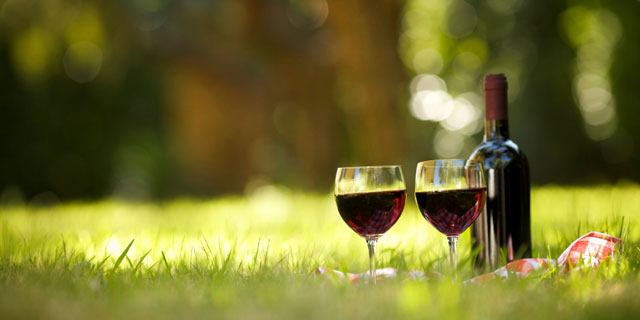Ahhh, Argentina. Birthplace of tango, spiritual home of the parrillada, purveyor of fútbol legends, and the land that made Malbec a wine world superstar. While Messi is still master of the pitch, and the immortal Carlos Gardel continues to serenade legions of tangueros, Malbec may soon have to share the limelight with a rising star. Say hello to Bonarda.
Bonarda, the second most widely planted red grape in Argentina after Malbec, is traditionally used as a blending grape. On its own, however, it’s an elegant, smooth wine with hints of plum and ripe cherries with a crisp acidity and light tannins that make it easy to drink and surprisingly refreshing despite its deep, inky color.
Although Bonarda is increasingly popular in Argentina, it has yet to make a name for itself among U.S. wine lovers. The main reason, according to enologist Maria Eugenia Baigorria of Bodega Mi Terruño in Mendoza, Argentina is that importers are hesitant to carry a wine that is only just starting to appear on the radar of American oenophiles.
In fact, some importers are betting that Cabernet Sauvignon will emerge as Argentina’s next big hit among American consumers. Why? It’s widely known among wine drinkers and is produced in most wine growing regions around the world. But this doesn’t stop Baigorria from believing that Bonarda will become the new Malbec in the U.S. market. The very reason Cabernet Sauvignon enjoys worldwide popularity is why Baigorria and other Argentine winemakers are of the mindset that Bonarda could soon replace Malbec as Argentina’s red wine darling.
“Argentina can easily produce a Cabernet for international markets,” says Martín Celasso, agricultural scientist and enologist at Viamonte Winery in Mendoza. “But the question is, can it compete with the great Cabernets coming out of California, Chile, or France?”
[ pagebreak ]
So what would make North American wine lovers cozy up to Bonarda? Its versatility, for openers. “Bonarda works well with spicy foods and with grilled meat,” notes Baigorria. “It’s a more rustic wine with enough body to adapt to smoky barbecue aromas. It also holds up to strong spices such as cardamom, which you’ll find in Indian cuisine.”
Celasso adds that Bonarda is the perfect pairing for pasta. “Generally speaking, it’s a round wine with soft tannins, so it would pair well with ravioli, spaghetti, meat stews, and cheese sauces, dishes that reflect Argentina’s European heritage.”
Stateside, Bonarda may not be as ubiquitous as Malbec for at least another four or five years, according to Baigorria, but you can find it at specialty wine shops or online. Here are three to consider:
Earth First Bonarda 2009, Luján de Cuyo (Mendoza). Fruit-forward with a hint of wild violets and blackberry jam, this full-bodied organic wine pairs beautifully with Carne Asada.
Mi Terruño Bonarda 2009, Maipú (Mendoza). This juicy Bonarda boasts roasted coffee and pomegranate aromas with fig and boysenberry flavors. Pair with Beef Tacos or Peruvian Tallarines Verdes.
Mairena Bonarda 2010, Luján de Cuyo. With hints of milk chocolate and subtle wood notes, the wine’s dark cherry flavors and silky tannins will complement a cheese and charcuterie platter or Carnitas.



![Making Mealtime Matter with La Familia: Easy Sofrito [Video]](https://thelatinkitchen.com/wp-content/uploads/2015/10/sofrito-shutterstock__0-500x383.jpg)
![Easy Latin Smoothies: Goji Berry Smoothie [Video]](https://thelatinkitchen.com/wp-content/uploads/2015/12/goji_berry-shutterstock_-500x383.jpg)
















![Fun and Fast Recipes: Fiesta Cabbage Salad [Video]](https://thelatinkitchen.com/wp-content/uploads/2015/11/fiesta_cabbage_slaw-shutterstock_-500x383.jpg)









